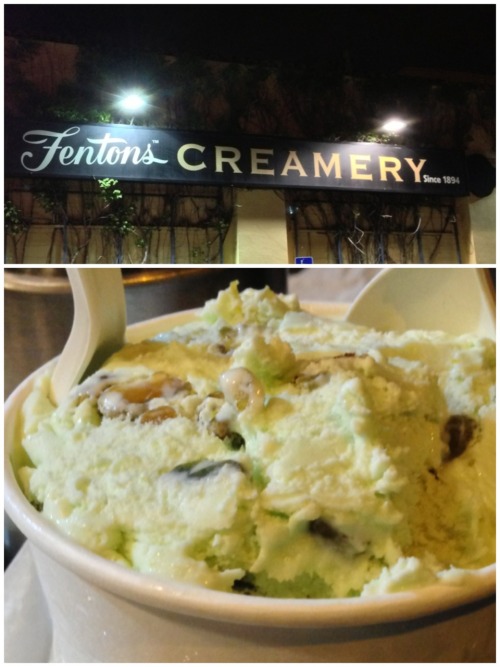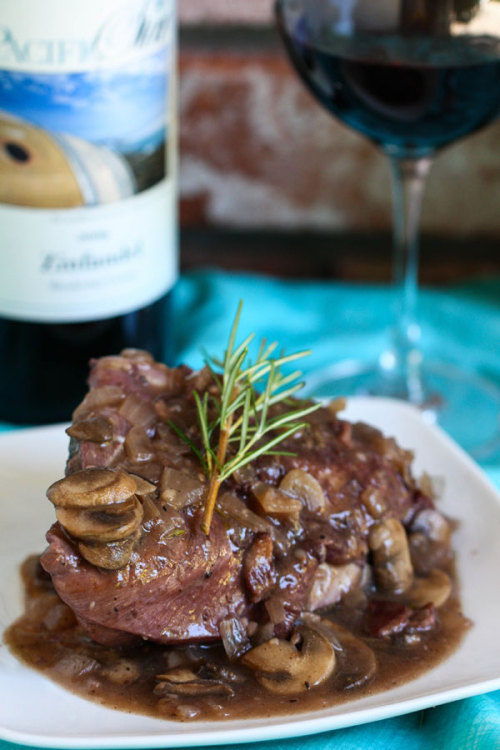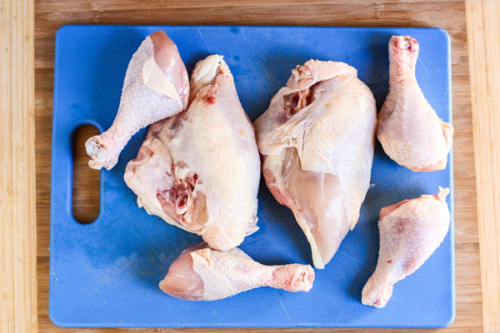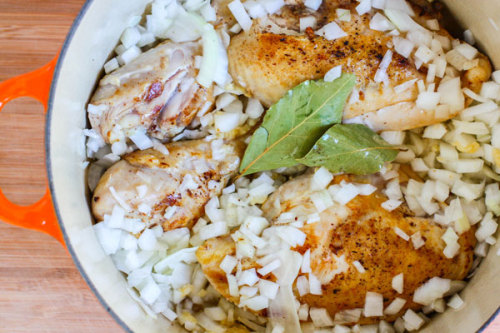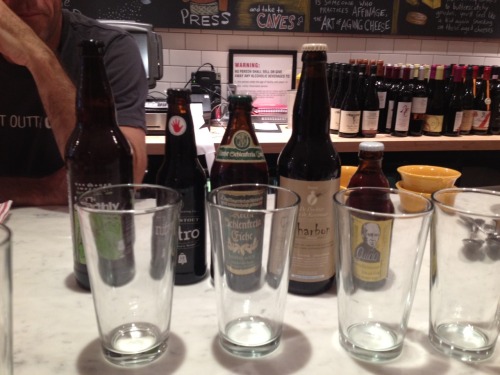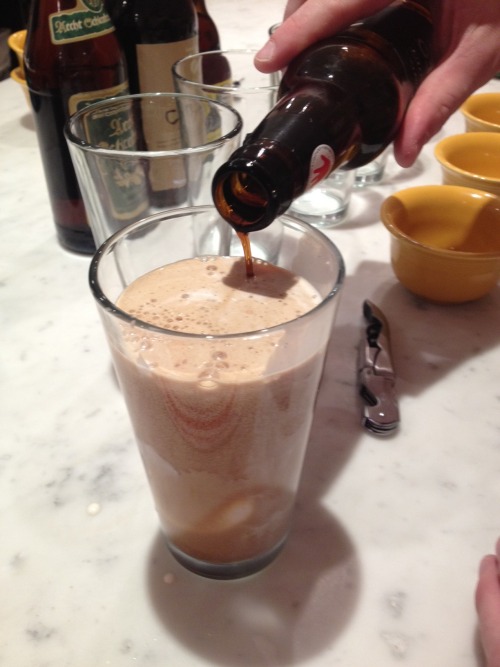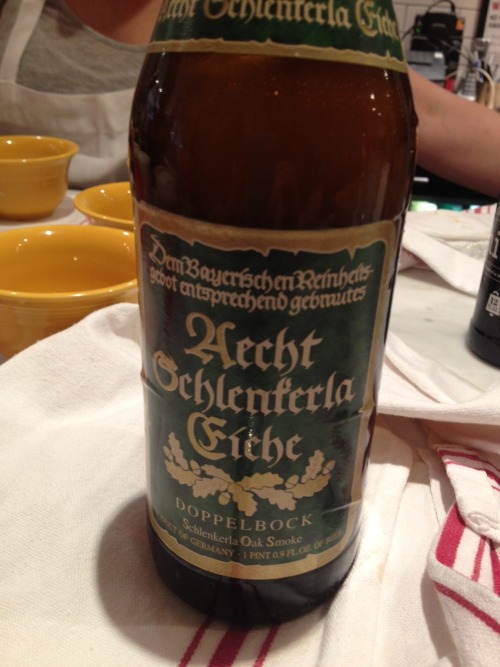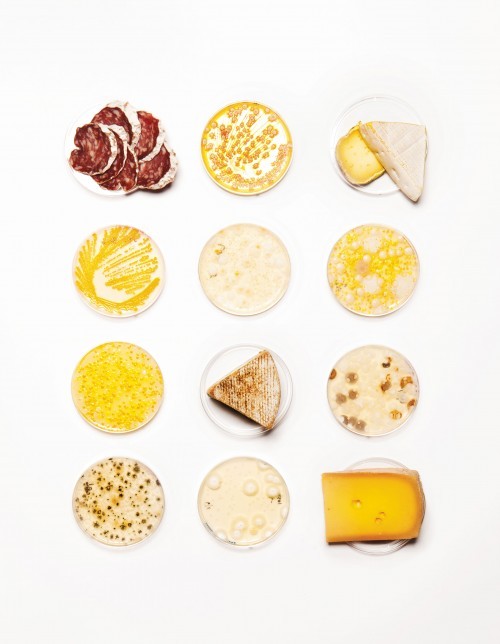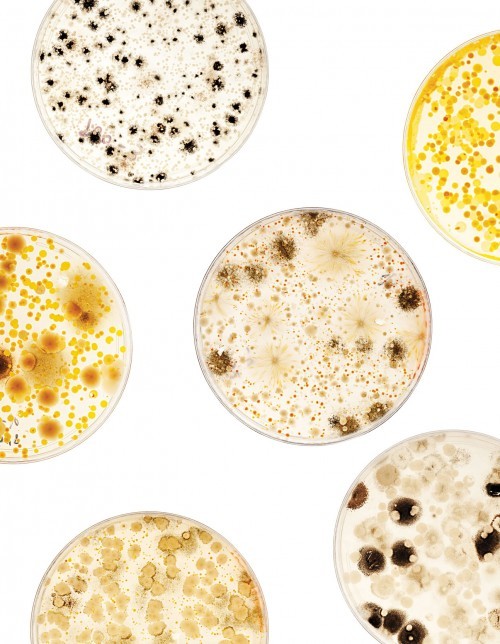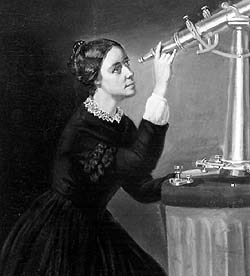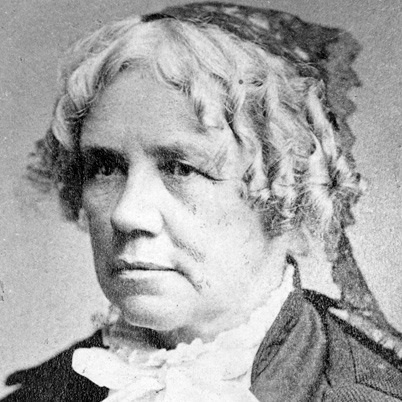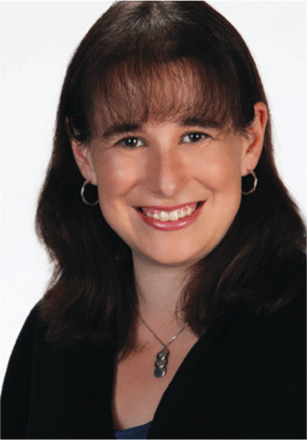“Artists and scientists could – and do – argue that their work should speak for itself. Why should we describe the frustrations and turning points in the lab, or all the hours of groundwork and failed images that precede the final outcomes? Because, rarified exceptions aside, our audience is a human one, and humans want to connect. Personal stories can make the complex more tangible, spark associations, and offer entry into things that might otherwise leave one cold. The goal is not to “dumb down,” but rather to give audiences something relatable to sink their teeth into. Whether you’ve discovered a new species or made a new art piece, there is a generosity in inviting your audience to form a personal, substantive relationship with you and your work. Declarations become conversations, and a world of possibility can open up.”
Rachel Sussman (via)
(According to SpotOn: “Rachel Sussman is a contemporary artist based in Brooklyn. For nearly a decade, she’s been developing the critically acclaimed project “The Oldest Living Things in the World,” for which she researches, works with biologists, and travels all over the world to photograph continuously living organisms 2000 years old and older. “)
Art on Science! And sometimes Science can be an Art too!
Source:
http://thechefslab.tumblr.com/post/44303169399
art, science, ArtAndScience
